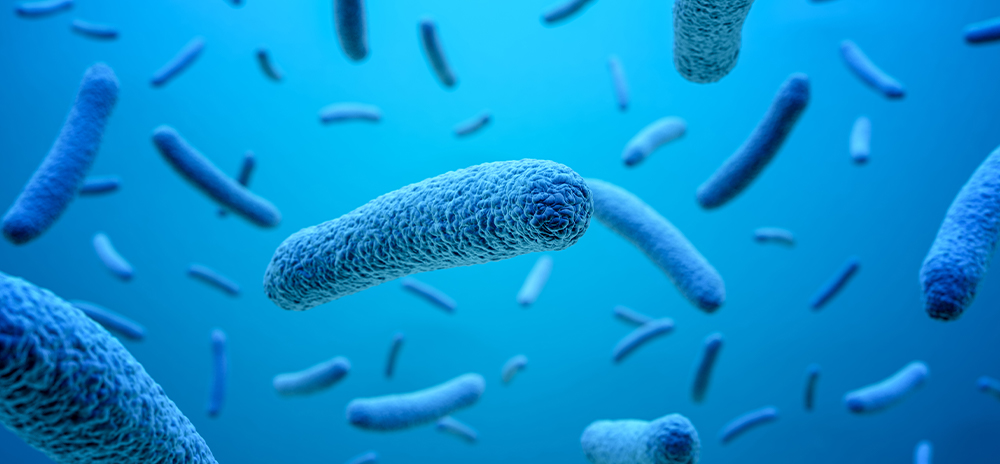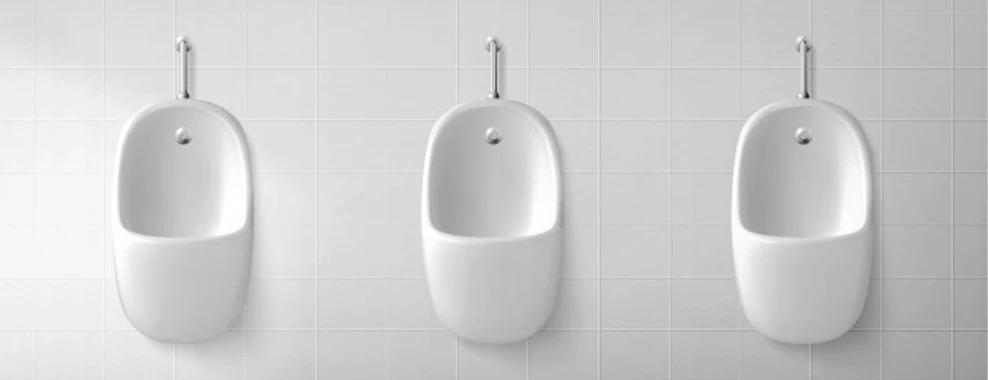Technical Articles

Symptoms:
Gastrointestinal illness with flu-like symptoms, especially in the young, immune-compromised or elderly.
Causes:
Fecal coliform bacteria appear in great quantities in the intestines and feces of people and animals. Additionally, cryptosporidium and giardia cysts are from surface water contaminanted with feces of mammals such as beavers and muskrats.
Health Concerns:
Cyst and acterial contamination can lead to very serious diseases such as hepatitis, giardiasis, typhoid, dysentery, and/or cholera which result in severe illness or even death.
Action Level:
If any presence of such bacteria and/or cysts are detected.
More Information:
Coliform bacteria are organisms that are present in the environment and in the feces of all warm-blooded animals and humans. Coliform bacteria will not likely cause illness, however, their presence in drinking water indicates that disease-causing organisms (pathogens) could be in the water system.
Most pathogens that can contaminate water supplies come from the feces of humans or animals. Testing drinking water for all possible pathogens is complex, time-consuming, and expensive. It is relatively easy and inexpensive to test for coliform bacteria. If coliform bacteria are found in a water sample, water system operators work to find the source of contamination and restore safe drinking water. There are three different groups of coliform bacteria; each has a different level of risk:
• Total coliform
• Fecal coliform
• E-coli

Total coliform, fecal coliform, and E. coli are all indicators of drinking water quality. The total coliform group is a large collection of different kinds of bacteria. Fecal coliforms are types of total coliform that mostly exist in feces. E. coli is a sub-group of fecal coliform. When a water sample is sent to a lab, it is tested for total coliform. If total coliform is present, the sample will also be tested for either fecal coliform or E. coli, depending on the lab testing method.
Unlike the photo to the left, it is not always obvious not to drink the water. Total coliform bacteria are commonly found in the environment (e.g., soil or vegetation) and are generally harmless. If only total coliform bacteria are detected in drinking water, the source is probably environmental. Fecal contamination is not likely. However, if environmental contamination can enter the system, there may also be a way for pathogens to enter the system. Therefore, it is important to find the source and resolve the problem.
Fecal coliform bacteria are a sub-group of total coliform bacteria. They appear in great quantities in the intestines and feces of people and animals. The presence of fecal coliform in a drinking water sample often indicates recent fecal contamination » meaning that there is a greater risk that pathogens are present than if only total coliform bacteria is detected

E. coli is a sub-group of the fecal coliform group. Most E. coli bacteria are harmless and are found in great quantities in the intestines of people and warm-blooded animals. Some strains, however, can cause illness. The presence of E. coli in a drinking water sample almost always indicates recent fecal contamination » meaning there is a greater risk that pathogens are present.
A note about E. coli: E. coli outbreaks receive much media coverage. Most outbreaks have been caused by a specific strain of E. coli bacteria known as E. coli O157:H7. When a drinking water sample is reported as "E. coli present" it does not mean that this dangerous strain is present and in fact, it is probably not present. However, it does indicate recent fecal contamination. Boiling or treating contaminated drinking water with a disinfectant destroys all forms of E. coli, including O157:H7.
When coliform bacteria are found, water systems investigate to find out how the contamination got into the water. They collect additional, or "repeat," water samples for testing, and often inspect the entire system. Taking repeat samples helps determine whether an actual problem exists in the system. If any of the repeat samples detect coliform bacteria, the initial findings are considered confirmed.
If total coliform bacteria are confirmed in your drinking water, your water system should be inspected to find and eliminate any possible sources of contamination. Once the source is identified, it can usually be resolved by making system repairs, flushing, shocking the well with chlorine for a short period of time or continiously chlorinating the well. If you are on a private water suppply, we strongly encourage you to protect yourself and your family's health with an ultraviolet disinfection system which renders all type of bacteria harmless. Ultraviolet or UV is the Technology of Choice to provide Bacteria-Free Water.
THE RIGHT SOLUTION FOR YOU
Contact us today for more information about our products and services.
CONTACT US

